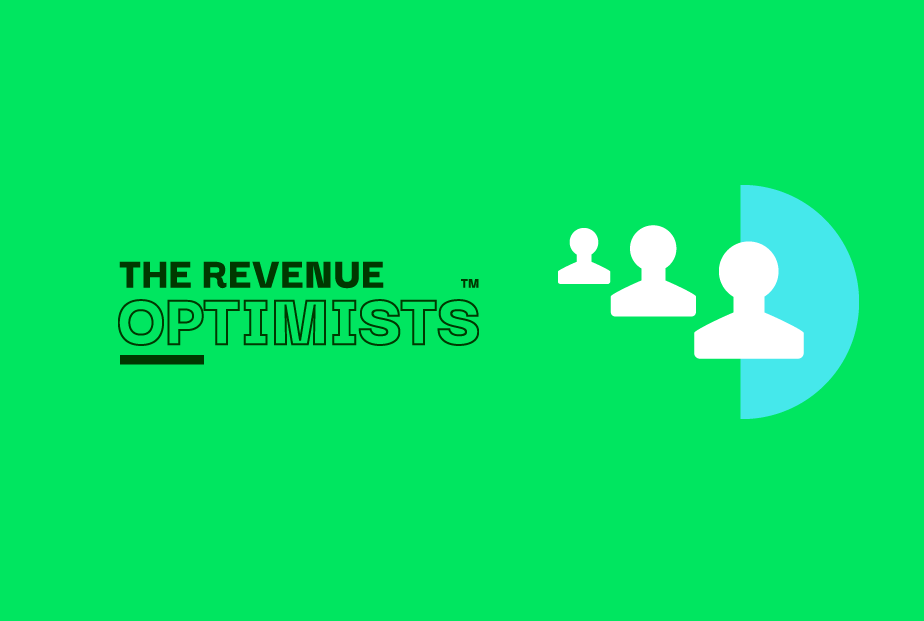
How to set meaningful sales stages?
It starts with everyone being on the same page.

Video Transcript
David: Would you recommend that the stage itself be more specific? So it’s like first demo stage, second demo stage, or is it more high level like we’re building pipeline, we’re solution building, kind of thing at this stage still?
Rosalyn: Yeah, I think it’s more high level but representing a key milestone. Because we know that there’s going to be like a dozen things that are going to happen within that stage, right?
You’re taking calls, you’re doing a demo, you’re probably exchanging some content. You’re doing a number of things. You’re talking to multiple people you’re trying to do, you know, surround sound, right multi-threading, and you’re doing all of these different things. So we know that’s going to happen, but what you care about is, you know, during that cycle, your managers, leaders, everyone’s coaching, you’re working on strategy and all of that, but what you care about when you see a sale stage is that the deal has progressed to the next milestone.
And so with that, and that’s why I think there’s a limited amount of sales stages, but they’re ultra clear on what are the outcomes before you can move to the next stage. And then that way, everybody knows that if you’re at stage three, you’re at this stage. All of these boxes have already been checked. And what’s going to happen in this stage is these two or three key things to get to the next.
David: Okay, I like it. Yeah. And that really lends then into kind of forecasting, right? So seeing how many deals are in stage three or stage four. How much weight did you put behind or do you put behind each of the stages and the times versus like the probability to close or even the forecast to close fields that you would typically see as that correlates the process?
Rosalyn: Yeah, so sales stages. If they’re done right, then they’re all consistent, right? Everybody’s using them the same way. I mean, I’m sure you’ve seen, almost every organization I’ve gone into, it’s like, oh, we have sales stages, okay. And you ask a couple of reps, what does it mean when it’s in this stage? And you get, you know, three different answers, right? Or you get that I don’t really know I just kind of put it there, right? And even the leadership is guilty of that a lot of times, right?
And so it makes the process for forecasting extremely difficult if you don’t even have a clear picture of what actions have already been taken and what things have already been accomplished. And then we get to forecast categories. Same thing, right? You have multiple forecast categories. Again, you asked a handful of reps and they’re like “oh, I put it upside. I think that’s what it is, or it’s committed, or it’s, you know, it’s pipeline” or, you know, omitted or whatever the forecasting categories you just choose to use.
And so again, similar to sales stages, they need to be really clear, and everybody needs to be on the same page and on top of training and documenting and enabling, but practicing that during your forecast calls, right? And having the managers really isolate that because if you spend all your time even deciding whether or not it belongs in that category, or trying to identify what actually, that category means, then you’ve wasted all of these cycles instead of what you really should be doing during the forecast calls, figuring out where am I actually going to land and how do I move the needle on all of these deals?
Want to learn more?
Ready to hear more from Rosalyn Santa Elena, including how to better track win/loss?
You can listen to her in-depth interview in Episode 7 of the Revenue Optimists series. We’ll see you there.
